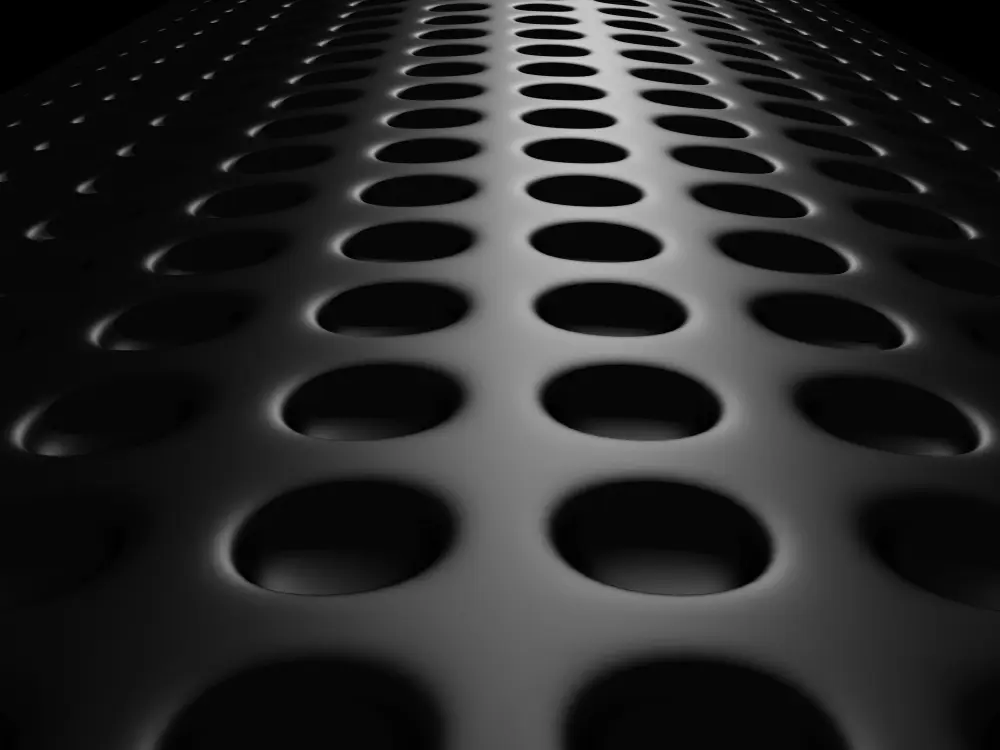After You Anodize
Important Care Tips After Anodizing
We strive to provide superior quality and make parts look great for each and every customer. Anodizing is exceptionally durable and resilient to corrosion, but it is not impervious to damage. In order to protect your anodized coating investment we have provided the following important care tips to keep in mind after you receive your order:
Cleaning
If you need to clean your anodized components keep in mind that the anodic coating, like its aluminum base, is susceptible to damage and corrosion from certain types of cleaners. Please avoid using strong acids (nitric or sulfuric), ammonia, lye, masonry or cement cleaners. Even more important to note is that high alkaline cleaners will break down the anodic coating. It is recommended not to use them. If the anodic coating is damaged this will have a negative impact on any color anodizing. As a general rule, mild soap, alcohol, and acetone can be used to clean the surface.
Light Fastness and Heat Fastness of Color Anodizing
Alpha Metal Finishing uses organic dyes in processing colored anodizing. We purchase the highest quality dyes that provide superb resistance to weathering and fading. However, some dyes have a better rating for weather fastness, heat fastness and light fastness than others. It is important to evaluate where your anodized part will be used. Will the component be used inside, outside, in extreme weather conditions, or high UV light? Or, will it be submerged in any form of liquid? Any of these adverse conditions will affect the longevity of the color anodized component. Please be aware that organically dyed parts do fade to some degree over time.
Potential Galvanic Corrosion
Although the anodic coating provides excellent protection against corrosion it is possible to experience galvanic corrosion. This happens when a dissimilar metal (i.e. stainless steel, copper, brass, etc.) penetrates the anodic coating and comes into contact with raw aluminum. Many times we have seen this issue occur when a stainless steel fitting is threaded into an aluminum component. We have also seen galvanic corrosion occur with chromate conversion parts that have a dissimilar metal that cuts through the chromate layer (which is substantially thin) and comes into contact with the aluminum substrate.
Crazing
A principle to keep in mind is that anodic coatings are made up of aluminum oxide, typically with a hardness between 60-70 Rockwell C. That being said, anodized coatings are susceptible to “crazing”, micro fractures, that can occur if exposed to fabrication or forming (mechanical crazing), or extreme heat or cold (thermal crazing) after anodizing. There are some excellent white papers on crazing or cracking of the aluminum oxide layer and how to avoid these issues. Feel free to contact Alpha for more information.
*Content written by Greg Wood, Chief Executive Officer. All rights reserved.

